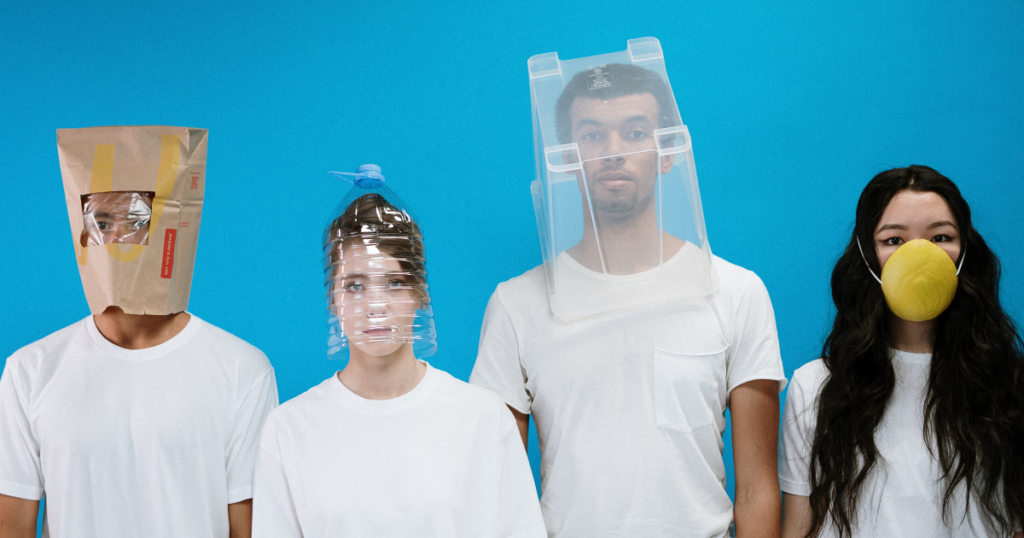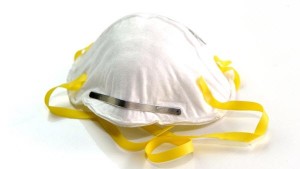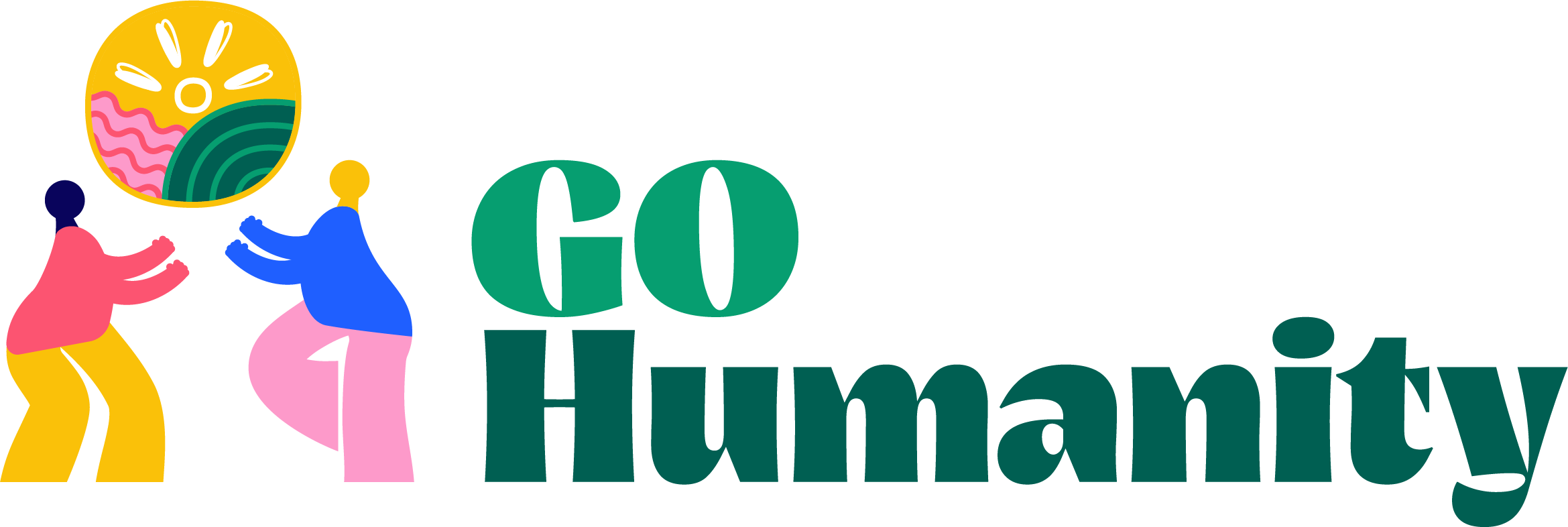
Sew, you want to help stop COVID-19? Read this first.
By AdministratorSpurred on by news reports of the extreme shortage of protective equipment for healthcare workers, some individuals and organizations are sewing cloth face masks to help fill the gap until supplies of commercial face masks are replenished. Some desperate hospitals are encouraging mask-making and providing volunteers with sewing templates.
 No matter how cute and colorful, homemade masks are only slightly better than nothing in terms of protection, the equivalent of a bandana or scarf. Citing a 2013 study, LiveScience says even loose-fitting surgical masks are three times more effective than homemade masks. The preferred protection for healthcare workers treating COVID-19 patients is the specialized, tight-fitting N95 respirator (pictured).
No matter how cute and colorful, homemade masks are only slightly better than nothing in terms of protection, the equivalent of a bandana or scarf. Citing a 2013 study, LiveScience says even loose-fitting surgical masks are three times more effective than homemade masks. The preferred protection for healthcare workers treating COVID-19 patients is the specialized, tight-fitting N95 respirator (pictured).
The Centers for Disease Control calls homemade masks a last resort. “Homemade should ideally be used in combination with a face shield that covers the entire front (that extends to the chin or below) and sides of the face,” says the CDC website.
“The DIY masks, albeit creative, are only to serve as a reminder for us to not touch our face," Captain Michael Doyle, a U.S. Army New York National Guard physician assistant, told USA TODAY. He’s the commanding officer at the drive-in coronavirus testing site in New Rochelle, New York.
Of course, if your local hospital requests homemade masks, feel free to contribute your talents. To find organizations seeking homemade masks, search here. The CDC has recommended cloth face coverings for anyone going out in public; this Washington Post article provides some guidance.
But if you want to provide surefire help for healthcare professionals on the frontlines of the COVID-19 health crisis, do this: Stay home. Practice social distancing. Don’t put yourself in a position to become infected with the virus or pass it on to someone else. Not as cool as MacGyver, but the odds of success are way higher.

